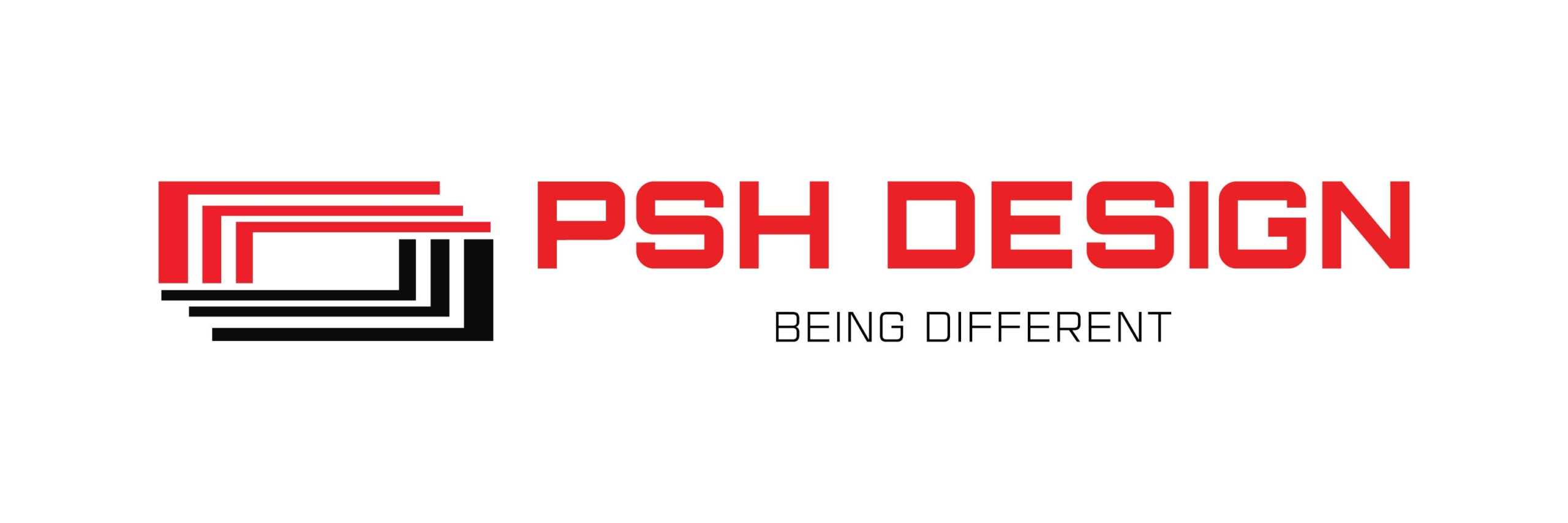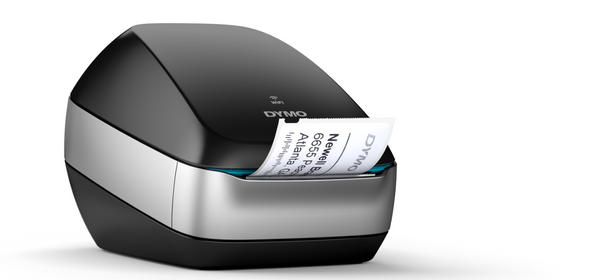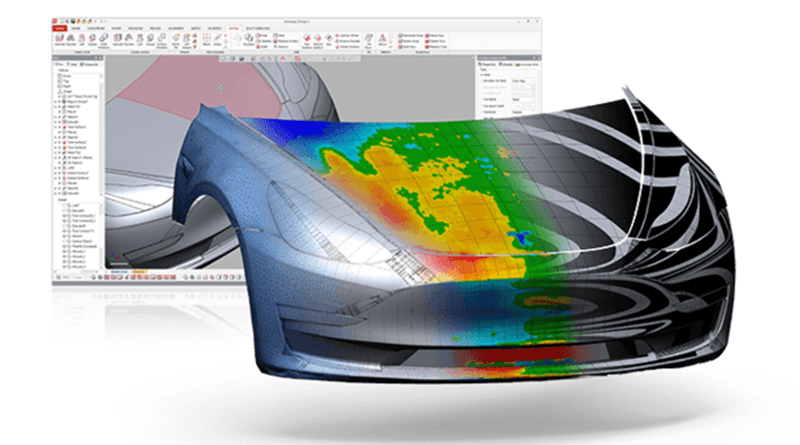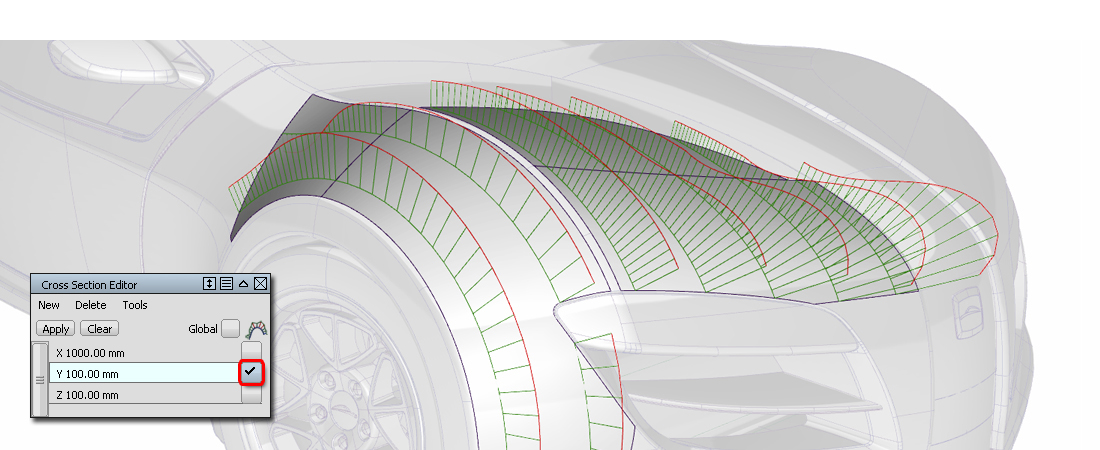The Most Common CAD File Formats for 3D Models
The Most Common CAD File Formats for 3D Models
CAD file formats number in the hundreds. Start creating now with the most popular and most common CAD file formats for 3D models!
A Bit of Background :
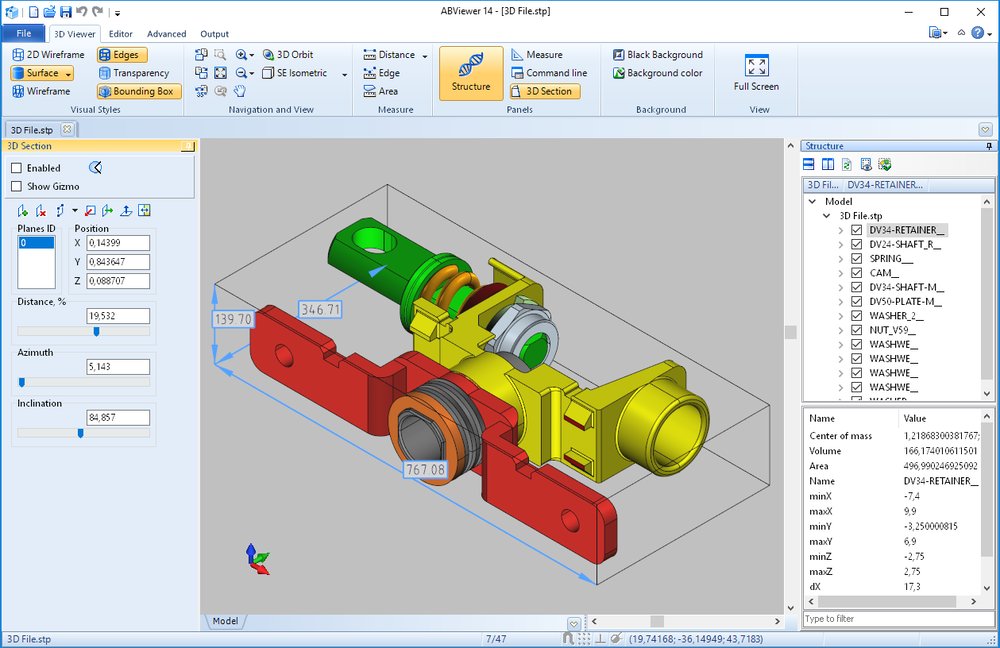

3D CAD file formats have evolved with drafting programs (Source: CADSoftTools)
Throughout its history, new types of project files have co-evolved alongside computer-aided design (CAD). One of the first viable PC options for CAD was Autodesk’s AutoCAD, which introduced the DWG file format. This was Autodesk’s proprietary way to store 2D and 3D images made in AutoCAD, along with all their attendant metadata.
As the industry progressed, DWG became the standard 3D CAD file format. However, as CAD programs grew and expanded their features, they needed ways to store new developments, while keeping novel code in place and staying graphics-centered. Countless new types of 3D CAD file formats have been developed to meet this need.
In the following, we break down the tech talk behind some of the more popular 3D CAD file formats so that you know which does what and why. We’ll also give you an idea of how widely each format is used. So if you’re a complete beginner or newer to CAD, you’ll know where to start.
Generally speaking, there are two main categories of CAD file format: native, which means they’re the copyrighted intellectual property of the system for which they’re used, and neutral, which means they’re open-format and not copyrighted by any specific CAD program.
I . Native
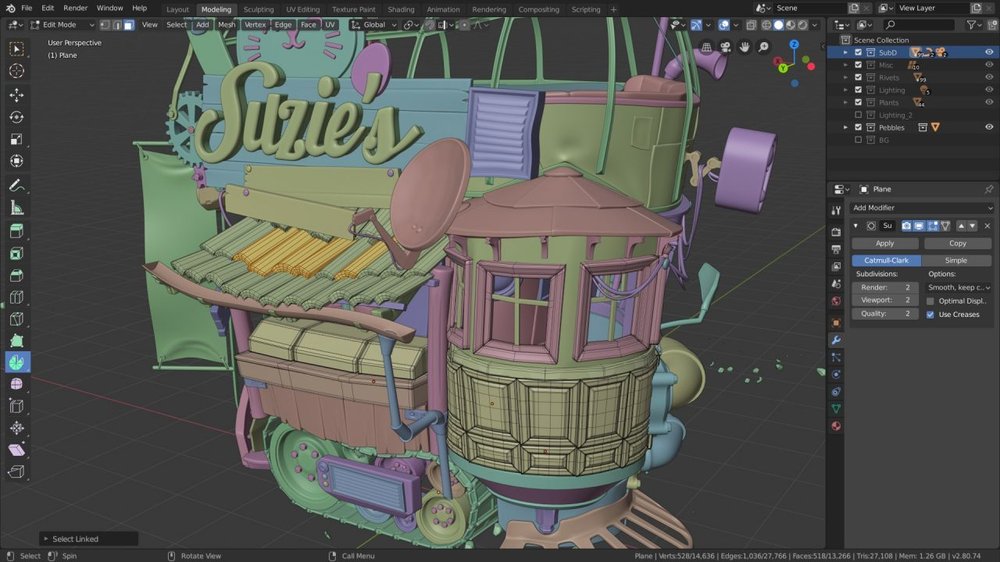

The Blender file format is used prominently in modeling and animation software (Source: Blender)
Many of the most popular 3D CAD file formats are native CAD formats. That’s because native formats create and let you access the most information possible about your 3D CAD file. Since they’re based on a specific program, they’re able to take full advantage of all the features of that program instead of skipping over aspects that more generic or neutral 3D CAD file formats don’t pick up. The more information that’s stored in your file format, the more detail and functionality you’ll get out of your 3D CAD file.
Even though the following formats belong to respective programs, several are also inter-compatible with other CAD programs. That’s another factor that makes these some of the most popular 3D CAD file formats. Once you start working with native file formats, you may want to explore further using the best sites for free CAD models and libraries.
- AutoCAD (.dwg): This is the most popular 3D CAD file format because, as we mentioned above, it’s the original. It’s the native file format for Autodesk’s AutoCAD program, the first widespread CAD program in the field. The extension is short for “drawing” and is a compact binary format. In the header, it stores metadata like the file name, version, dimensions, and style, and in the object data, it stores object entities and non-graphical objects, such as dictionaries. The file also saves object class and object map information.
- Blender (.blend): Blend files are special beasts. They’re a scene description format from the 3D modeling and animation software Blender. These files make themselves compatible with other programs by loading their “Struct DNA” metadata code, which makes compares its structure to the current program’s metadata structure and adapting. It’s primarily used for design drawing and model creation as well as a master format for deriving renderings in two or three dimensions.
- Parasolid (.x_t): Parasolid is a geometric modeling program, and its file extension contains 3D CAD file information like geometry, topology, and color from your drawing. The cool part is that .X_T files export as text files, which makes them easy to import and export into different CAD programs.
- SolidWorks (.sldprt and .sldasm): These two file extensions, coming from SolidWorks, are short for “SolidWorks Part” and “SolidWorks Assembly”. .sldprt provides details on specific parts within an entire system, allowing a comprehensive study that can then be reassessed with an overview of how it fits into the rest of the 3D CAD file. It’s also good for protecting intellectual property, as it lets you share only the necessary parts of a system with collaborators. .sldasm is basically the opposite; it’s a 3D CAD file format that puts together your parts into one file to see how they all mesh. .sldprt and .sldasm files work best together for a holistic picture of your 3D CAD file.
- Inventor (.ipt and .iam): Much like SolidWorks, Autodesk Inventor has complementary formats for parts and assemblies. .ipt represents a single item of design, like one ball bearing in a wheelset, while .iam is meant for assemblies, or files with more than one interacting part, like a screw going through a latch. You can import these Inventor files into Autodesk’s 3DS Max program to animate your 3D CAD files, with some limitations. (We’ll discuss this more a bit later.)
- SketchUp (.skp): Originally developed by @Last Software, SketchUp and its 3D CAD file format was bought by Google in 2006 and by Trimble in 2012. Since then, the latter company has continued to develop it into a beginner-friendly way to create and share CAD files. The SKP format also gives you archive and backup options, which are great if you work on multiple projects at once or are building on details from previous versions. The cool thing about SketchUp is that you can save your 3D CAD files as single components that you can use over and over again in your other drawings.
II . Neutral
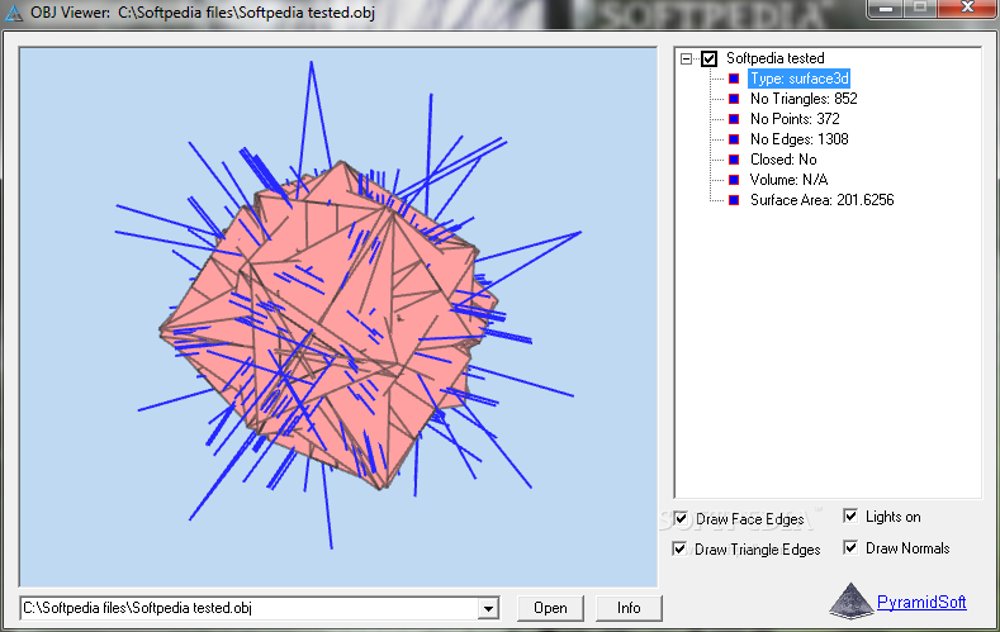

The OBJ file format is popular with 3D printing enthusiasts (Source: Softpedia)
Neutral 3D formats are useful for sharing between different CAD programs. These 3D CAD file formats don’t inherently collect as much metadata as native CAD files, so there’s some level of fine detail loss when using them, but they’re great for collaborative work.
Here are a few neutral 3D CAD file formats that will let you spread your work to whoever wants to see it:
- Stereolithography or “Standard Tessellation Language” (.stl): Originally developed by 3D Systems, the STL file format uses rough triangles to describe the surface shape and area of your 3D CAD design. It describes the raw data without specific units and is used for rapid prototyping, 3D printing, and computer manufacturing. It’s often used in its binary form to become more compact, and it works with a wide range of other CAD software.
- Additive Manufacturing (.amf): This is an open standard for describing objects within additive manufacturing and is most commonly used in 3D printing. It’s a 3D CAD file format based on XML, which allows any CAD program to describe any 3D object to build on any 3D printer. It works by representing one or more objects in a constellation; each object is described as a set of non-overlapping volumes, which are in turn described by a triangular mesh with a set of reference vertices. These vertices can be shared among volumes belonging to the same object. Unlike its predecessor, STEP, the AMF format also specifies the color and material of each volume.
- STEP (.stp and .step): STEP stands for Standard for the Exchange of Product model data, and it stores 3D images in an ASCII format. Although the AMF 3D CAD file format stores more information, many manufacturing companies prefer STEP for pricing parts before they make them. Its ISO standard exchange distributes 3D data so that it can be viewed by a variety of CAD software. .stp and .step are interchangeable extensions for STEP files.
- Wavefront (.obj): First developed by Wavefront for its own Advanced Visualizer animation software, the OBJ file format has been adopted by scores of other 3D graphics software. It’s in an open-source data format that only represents 3D geometry, and it’s a popular CAD file format for 3D printing because of its ability to store information about multicolor printing within a single object.
- 3D Manufacturing Format (.3mf): Recently developed by the 3MF Consortium, 3MF is an open-source file format striving to become a standard in the additive manufacturing world. Among other benefits, it provides ideal parameters for manufacturing and easy communication between a variety of platforms. The 3MF Consortium, which comprises companies like Autodesk, Dassault Systèmes, 3D Systems, EOS, and Stratasys, developed the file format in reaction to AMF, which presents several issues when it comes to interoperability.
- Initial Graphics Exchange Specification (.iges): Invented by the US Air Force as a national standard CAD file format, IGES lets users exchange circuit diagrams, wireframes, freeform surface, or solid modeling representations of product models. It was designed to make integration of all aerospace design files automatic, and that functionality can now be utilized by civilians who work with traditional engineering drawings, models for analysis, and who have other manufacturing needs. You can also use its plug-in to view files from any point in the system’s history, which gives you an idea of the stability of this CAD file format.
III. Specialized
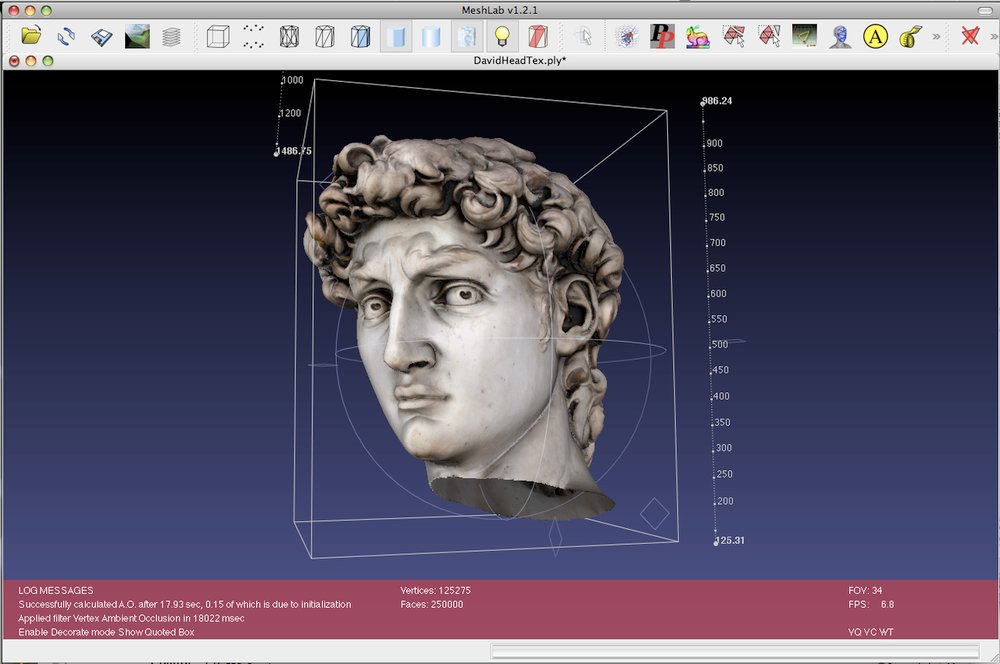

Collada’s XML schema makes your CAD file compatible with a large range of programs (Source: Stack Overflow)
3D CAD work encompasses a lot of industries and types of projects, from machine part modeling to video game character building. This variety creates an ever-expanding need for new types of 3D CAD file formats that can handle the viewing and manipulation of unique data.
Fortunately, there are plenty of specialized 3D CAD file formats out there for you to keep your creation accessible.
- Autodesk (.3ds): The 3DS format specializes in importing and exporting your drafting files. It’s designed to facilitate easy model moving between CAD software, which means it only stores essential geometry, texture, and lighting data. This creates a flexible version of your drafting file while keeping the important data intact. 3DS is also used for storing 3D models in usage libraries, where its compacted data makes it useful for mass storage without taking up excessive database bandwidth.
- Collada (.dae): Sony originally created this format as a way to share 3D graphical files over a wide range of software. Now partnered with Khronos, the interchange 3D CAD file format Collada uses an open standard XML scheme so different graphic software applications can become compatible with each other, which was not possible before.
- X3D: This 3D CAD file format is the improved successor of VRML. X3D is based on XML and is a royalty-free standard for declaratively representing 3D graphics. It supports multi-stage and multi-texture rendering as well as shading with lightmap and normal map. And since 2010, it’s supported deferred rendering architecture. One thing that X3D does particularly well is showcasing 3D model designs, like on a website that has a selection for you to choose from. As such, sites with 3D printing models often use X3D to give you as much detail as your final product.
And that’s a roundup of some of the top 3D CAD file formats out there today. Don’t panic if you encounter one you’ve never seen before because there are hundreds of 3D CAD file formats to choose from. Use this guide to get started!
(Lead image source: Actify)
Source: https://all3dp.com/2/overview-of-3d-cad-file-formats/
by Melanie Griffin / Published Jan 27, 2020
